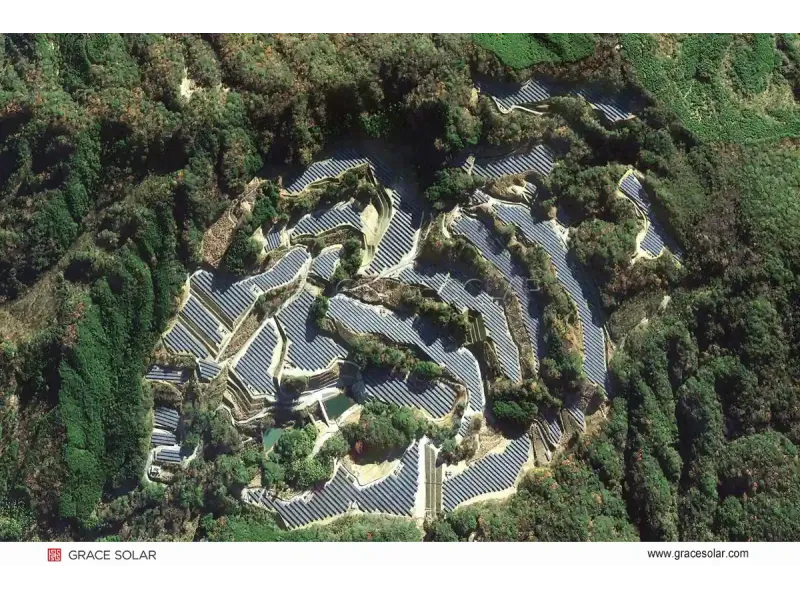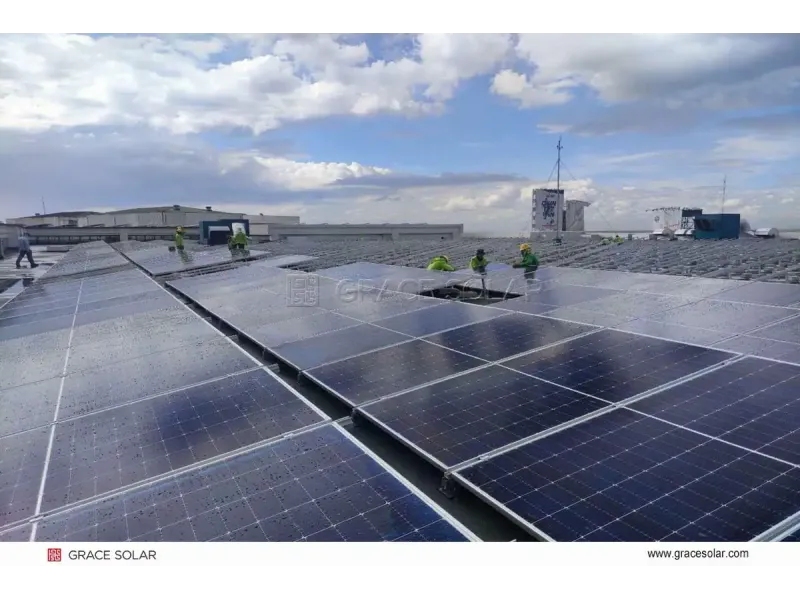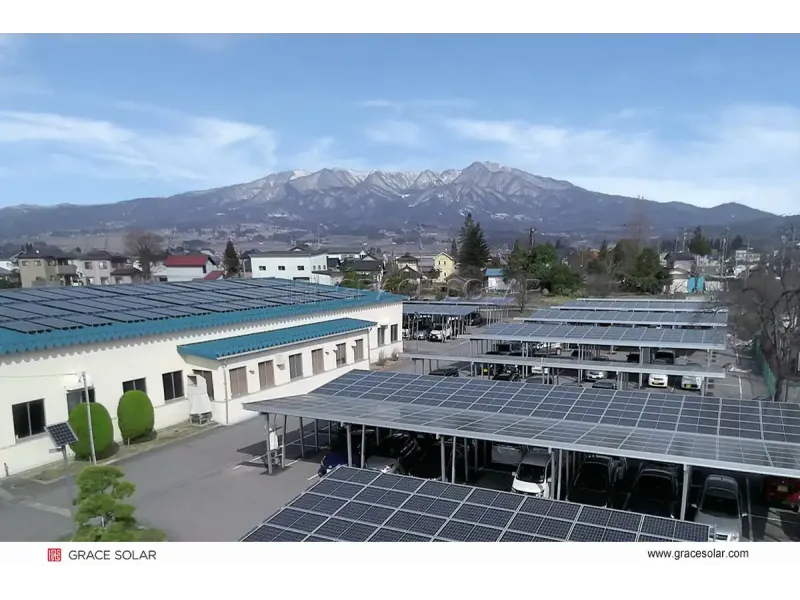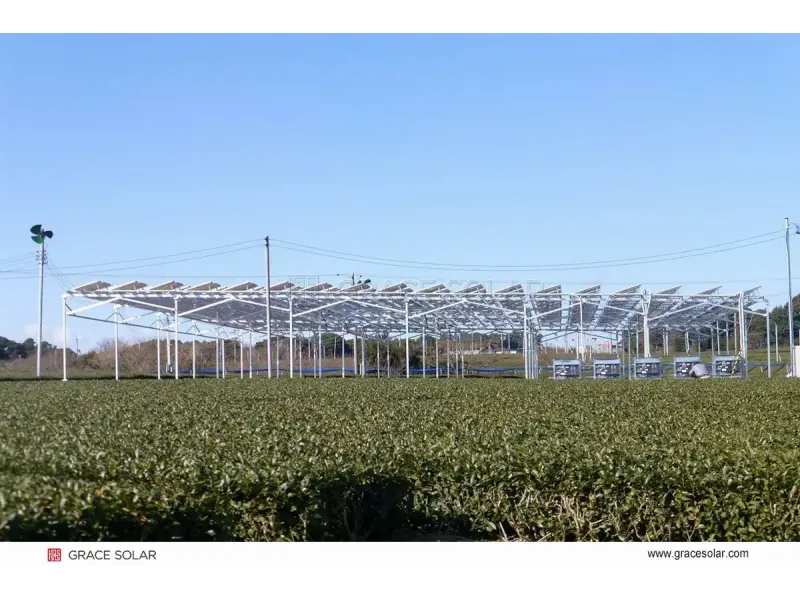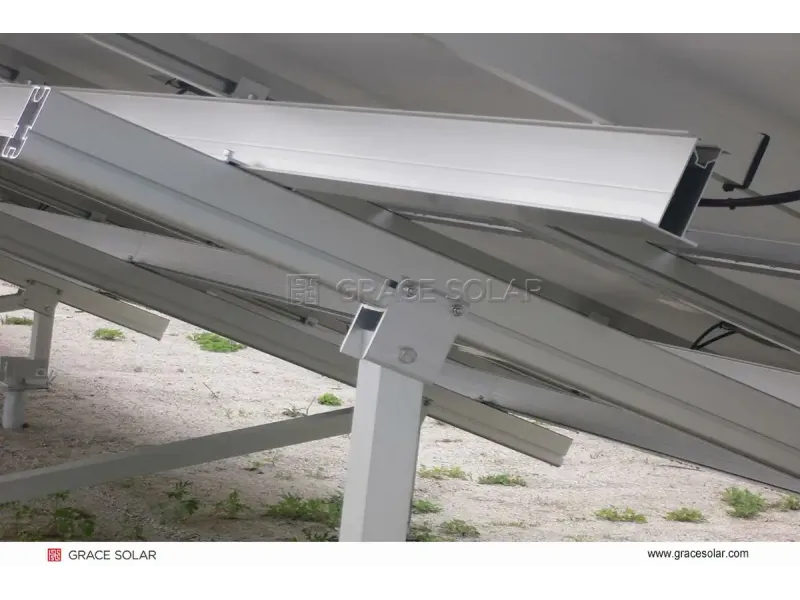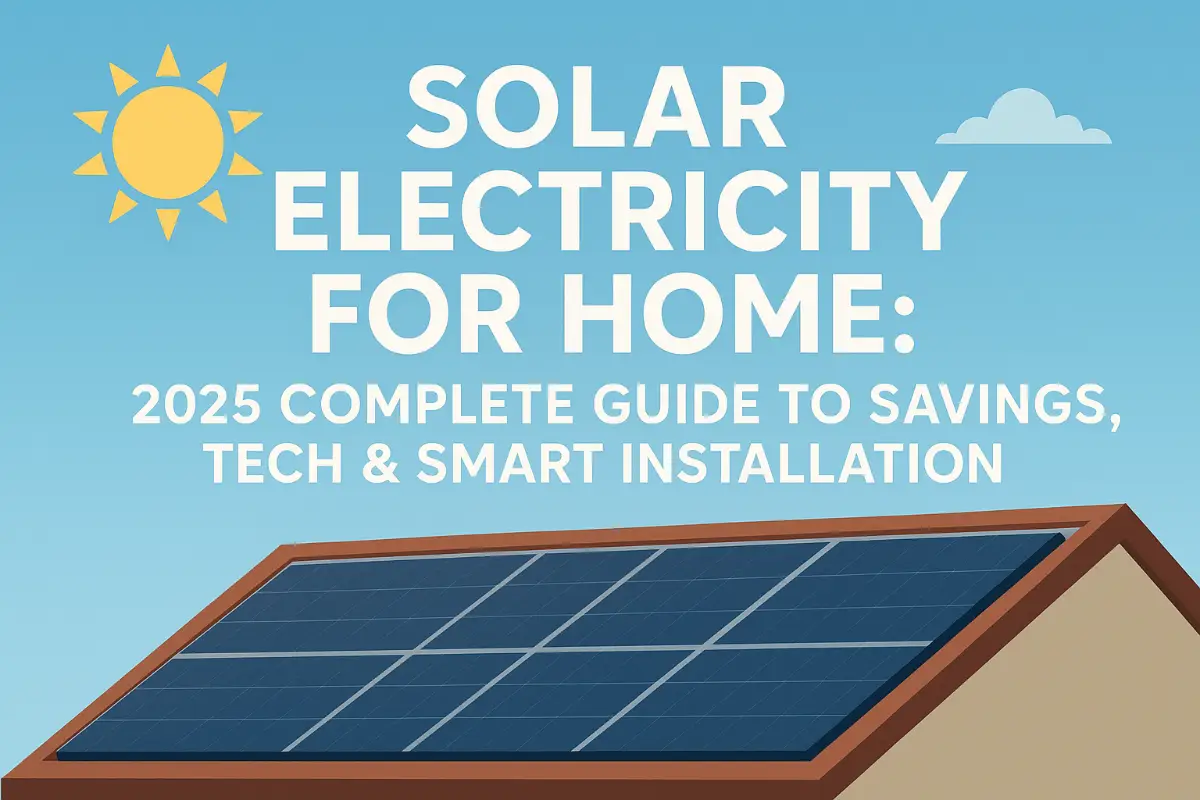
Solar Electricity for Home: The Complete Guide to Powering Your Life with Sunshine
Solar electricity has transformed from niche technology to mainstream energy solution, powering over 41 million homes globally. With costs dropping 89% since 2010, residential solar now delivers cleaner energy at lower prices than traditional utilities. This comprehensive guide explores solar technology, global trends, mounting solutions, and how Grace Solar pioneers smarter solar integration.
The Science Behind Home Solar Electricity
Solar panels convert sunlight into electricity through the photovoltaic effect. When photons strike silicon cells, they release electrons that create direct current (DC) electricity. Key components:
Photovoltaic Cells
Monocrystalline silicon cells (22-25% efficiency) dominate the market, while perovskite tandem cells now reach 33% efficiency in labs.
Inverter Technology
Microinverters convert DC→AC at 97% efficiency, outperforming traditional string inverters in shaded conditions.
Energy Storage
Lithium-ion batteries like Tesla Powerwall store surplus energy, enabling 80%+ self-consumption even after sunset.
2025 Solar Market: Key Trends Shaping Home Energy
Residential solar installations grew 34% year-over-year in 2024, driven by rising electricity costs and climate commitments:
Regional Leaders
- Australia: 30% homes solar-powered
- California: Mandates solar on new homes
- Germany: 50% electricity from renewables
Cost Revolution
- Utility-scale solar: $0.03/kWh (vs. $0.07 coal)
- Residential payback: 5-7 years (down from 12+)
- Battery costs: $97/kWh (70% drop since 2018)
Policy Drivers
- US: 30% federal tax credit until 2032
- EU: Solar mandates for public buildings
- Japan: Feed-in tariffs up to ¥18/kWh
Optimizing Performance with Advanced Mounting Systems
Solar mounting systems determine 20-30% of energy yield. Grace Solar, a global top 5 mounting supplier with 48GW installed, offers engineered solutions for every scenario:
1. Smart Tracking Systems
Single-axis trackers follow the sun's east-west path, boosting output by 25-30% versus fixed systems. Grace Solar's GS-Light series features:
- AI-powered tilt optimization (0.1° precision)
- Wind-stow at 35mph for storm protection
- Modular design: 1MW installed in 3 days
Dual-Axis Advantage
Dual-axis systems add north-south seasonal adjustment, ideal for high-latitude locations. Yield improvement: 40%+ in winter months.
2. Roof Integration Solutions
Tile Roof Systems
Low-profile mounts integrate seamlessly with concrete, clay, or slate roofs. Features:
- Zero-penetration technology
- Corrosion-resistant aluminum alloy
- 5-minute per panel installation
Metal Roof Solutions
Clip-on systems for standing seam roofs eliminate drilling. Benefits:
- 20-year weathertightness warranty
- Wind rating: 150mph (UL 2703 certified)
- Snow load: 60 psf
Solar Economics: Calculating Your 25-Year Savings
| System Size | Installed Cost | Annual Savings | Payback Period | 25-Year Profit |
|---|---|---|---|---|
| 5kW (Basic) | $14,500 | $1,800 | 6.2 years | $31,000 |
| 8kW + Tracking | $24,900 | $3,200 | 5.8 years | $55,100 |
| 10kW + Battery | $36,750 | $4,100* | 7.1 years | $66,250 |
*Includes backup power value during outages. Based on 2025 NREL data for average US home.
Why Global Homeowners Choose Grace Solar
Engineering Excellence
- 100+ patents in solar mounting
- 2000m² R&D center with 65 engineers
- Wind tunnel testing up to 180mph
Global Certifications
- UL 2703 (US), TUV (EU), JIS (Japan)
- AS/NZS 1170 (Australia/NZ)
- CE, MCS, ISO 9001:2015
Deployment Scale
- 48GW global installations
- 15GW annual production capacity
- #1 market share in Japan
"Our GS-Light tracking system increased yield by 28% compared to fixed-tilt arrays in Arizona's desert climate. The AI-powered optimization paid for itself in 18 months." - Project Manager, 50MW Solar Farm
Ready for Solar Independence?
Get a free 3D simulation of your home's solar potential with precision yield calculations

